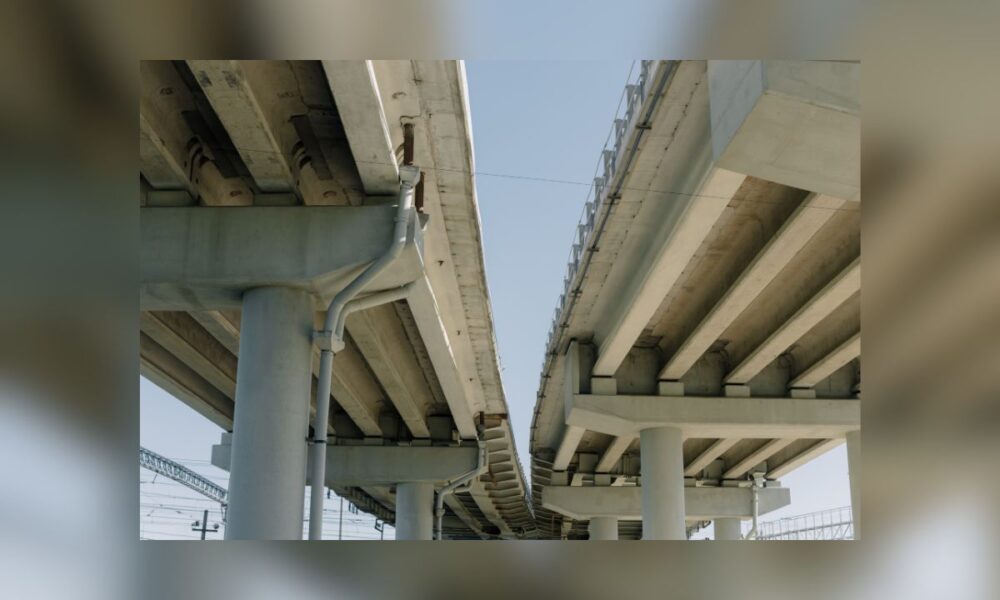A new kind of concrete developed by researchers at the University of Nebraska-Lincoln might one day fix its own cracks — using only sunlight, water, and tiny living organisms.
The material, outlined in a recent paper in Materials Today Communications, uses a surprising combo: sunlight-loving bacteria and a tough little fungus. Together, they could make bridges, sidewalks, and buildings last a whole lot longer without all the expensive repair work.
Cracks are concrete’s Achilles’ heel. They form from stress, heat, and even just drying too fast — and once they’re there, water and pollutants sneak in. Over time, that damages the steel inside and weakens the structure. In the U.S., fixing these problems racks up tens of billions of dollars a year.
But what if the concrete could fix itself?
Dr. Congrui Grace Jin and her team — Dr. Richard Wilson, Nisha Rokaya, and Erin Carr — looked to nature for help. Their inspiration? Lichen. These are rugged organisms made up of fungi and cyanobacteria or algae that survive in tough environments with almost no resources.
Their synthetic version pairs a fungus called Trichoderma reesei with cyanobacteria like Anabaena inaequalis and Nostoc punctiforme. Once they’re inside the concrete, they just need light, air, and a little moisture.
The cyanobacteria grab nitrogen and carbon dioxide from the air and use photosynthesis to create nutrients, which help the fungi grow. In return, the fungi make calcium carbonate — essentially cement — that fills and seals the cracks.
“Microbe-mediated self-healing concrete has been extensively investigated for more than three decades,” Jin told The Brighter Side of News. “But it still suffers from one important limitation—none of the current self-healing approaches are fully autonomous since they require an external supply of nutrients.”
That’s what makes this approach different. No chemical capsules. No added food for the microbes. Just the natural resources already around.
Lab tests showed the mix worked even in harsh conditions. It handled dry environments and concrete’s naturally high pH levels. Researchers measured the growth and healing using a mix of techniques: fungal plating, optical density, pigment concentration, metabolic activity, and biomass weight.
In trials, it patched cracks faster than older bacteria-based systems — up to 80% faster, in fact — and it didn’t release toxic gases like some urea-based solutions do.
The researchers also think it could be used far beyond Earth. With just light and minimal resources needed, it might be a good fit for building structures on the Moon or Mars.
“The goal of this study is to create a synthetic lichen system with a phototroph-heterotroph symbiosis, similar to natural lichens,” Jin said. “That way, the system can produce biomaterials in a self-sustained manner.”
There are still hurdles. Not everyone is going to be comfortable with the idea of living materials inside public infrastructure. To explore that, Jin’s team is teaming up with social scientists at Texas A&M to look at the public’s reaction, along with any legal questions that could come up.
Even so, the big picture is promising. If this self-healing concrete takes off, it could cut down drastically on costly inspections and repairs — and make infrastructure that lasts a century or more without major upkeep.


